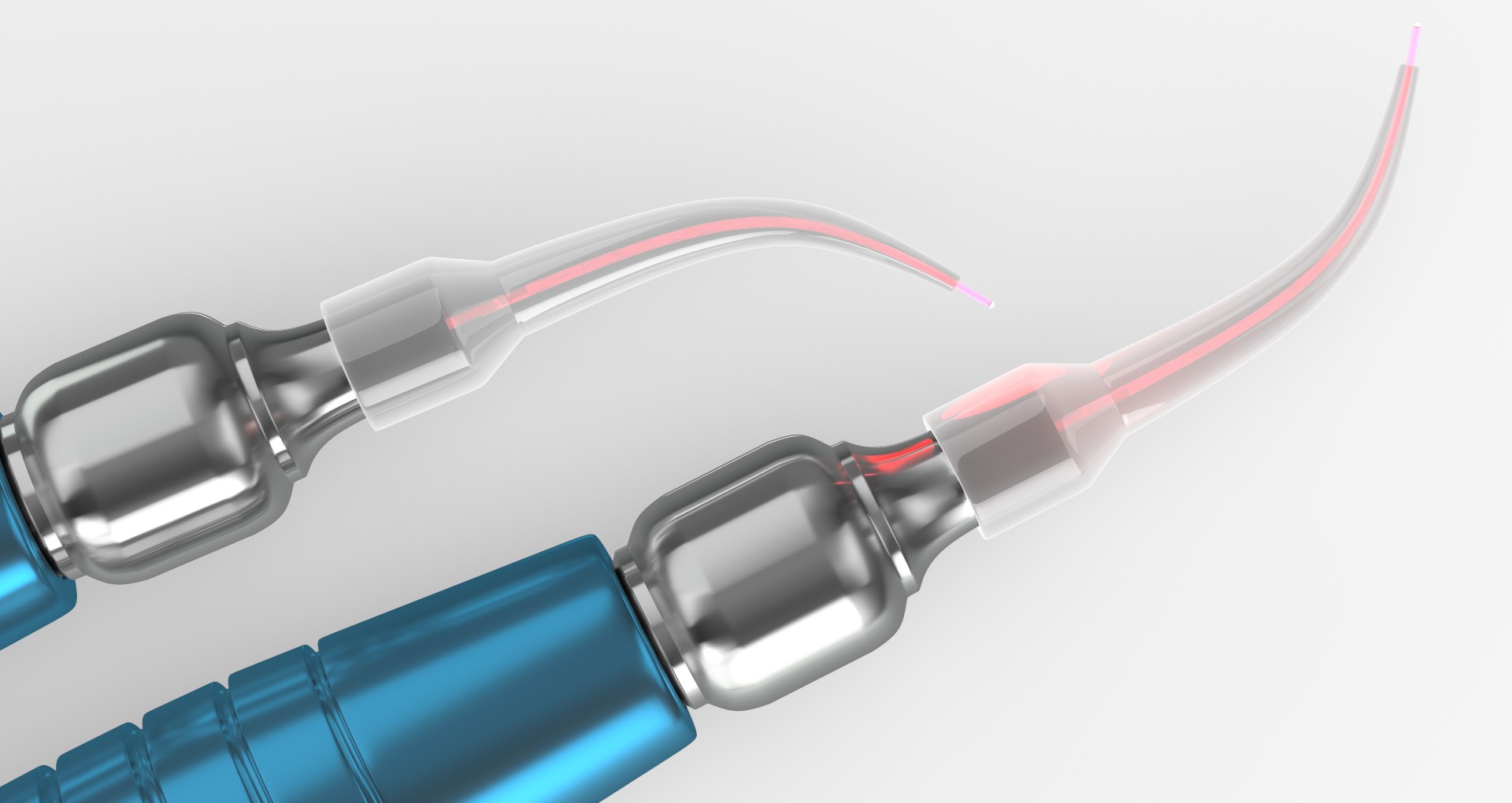Dental technology has advanced by leaps and bounds in recent years, allowing us to provide our patients with more comfortable and effective treatments than ever before. Two examples of these advancements are air abrasion and iLase laser treatment. In this blog, we will explore the benefits of each of these technologies and how they are revolutionizing the dental industry.
Air Abrasion:
Air abrasion is a technique that uses compressed air and tiny particles to remove decay from teeth, such as treating cavities that are caught early. Unlike traditional drilling methods, air abrasion is non-invasive and does not require any anesthesia. This means patients can experience a painless and stress-free treatment.
One of the significant benefits of air abrasion is that it is precise and targeted, allowing dentists to remove only the affected area of the tooth while preserving healthy tissue. This is particularly useful when treating small cavities or cracks in teeth, as it reduces the need for more extensive restoration procedures.
Air abrasion also produces less noise and vibration than traditional drilling methods, making it an ideal option for patients who are anxious or have a phobia of the dentist.
Soft Tissue Laser Treatment:
Soft tissue laser treatment is a minimally invasive dental technology that uses a specialized laser in various modalities, including smile design, and tissue adjustment to help dentures fit as best as possible. The diode laser is designed to target only the affected area, which means healthy tissue is left unharmed.
One of the major advantages of soft tissue laser treatment is that it promotes faster healing and recovery times. The laser sterilizes the affected area, which reduces the risk of infection and helps to speed up the healing process.
Laser treatment can also be used to treat tongue-tie, a condition that occurs when the frenulum (the thin membrane that connects the tongue to the floor of the mouth) is too short or tight, causing restrictions in tongue movement. Traditional treatment for tongue-tie typically involved cutting the frenulum with scissors or a scalpel, which may be painful and require stitches. However, soft tissue laser treatment provides a minimally invasive and more comfortable alternative. The laser can precisely and safely remove the frenulum without the need for anesthesia, stitches, or a long recovery period, making it a safer option for patients of all ages, including infants.
Air abrasion and diode laser treatment are just two examples of the many advancements in dental technology that are changing the way we approach dental care. These non-invasive, precise, and efficient techniques provide our patients with a more comfortable and stress-free experience while also delivering better outcomes.
If you are interested in learning more about air abrasion, diode laser treatment, or other dental technologies, contact us at any time. The dental team at Okanagan Smiles will be able to advise you on the best treatment options for your needs and provide the highest quality care possible.

